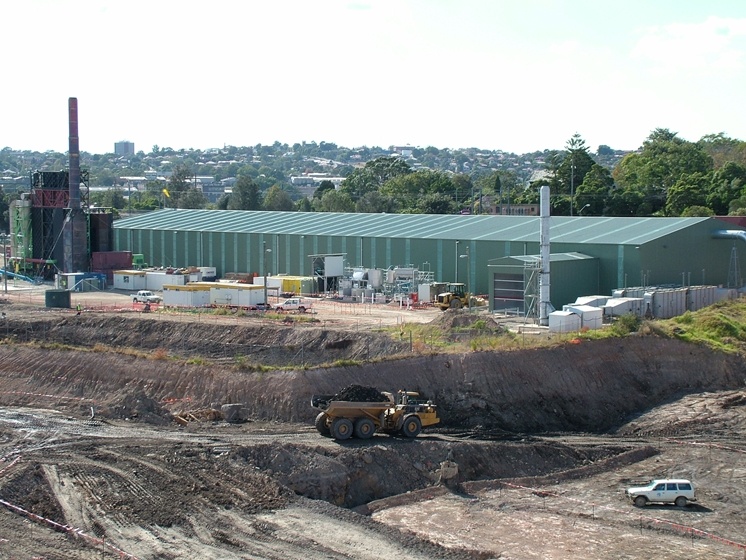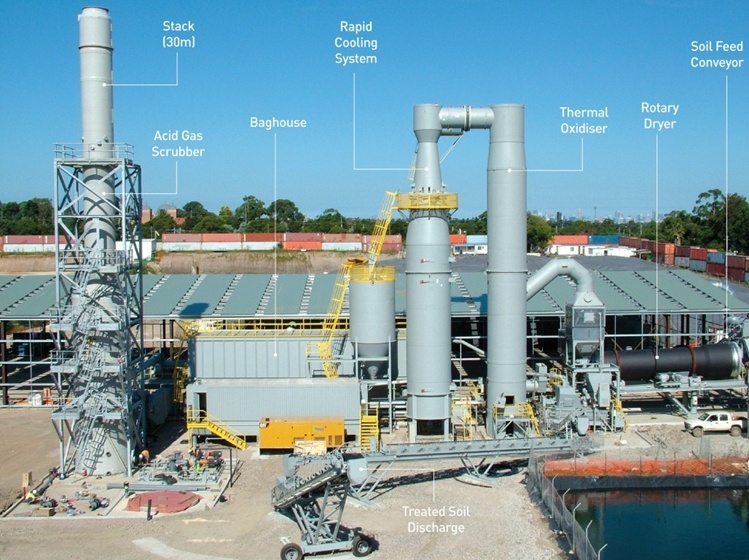Public Participation in Rhodes Site Remediation


Remediation work valued at approximately $100M was commenced by Thiess Services, on the former Lednez/Union Carbide site and adjacent area of Homebush Bay on the Rhodes Peninsula in Sydney. Thiess Services was working in close consultation with key government regulators including the Department of Environment and Conservation, Department of Planning, Infrastructure and Natural Resources and the Department of Health and needed to effectively incorporate public participation for consultation.
Community Consultation Activities
The commencement of remediation work followed five years of investigations and planning including extensive community consultation. The community played a key role in the planning process and technology choice through public participation, which was the Indirect Thermal Desorbtion (ITD) method. Darzin was an efficient tracking and reporting tool allowing the community relations manager to provide detailed reports on complaints, service delivery measures, issues tracking, plotting complaints and other issues on a map, providing detailed audit trails to regulatory bodies, etc.
A number of advanced processes and methods were involved in the remediation of the contaminated former Union Carbide site and the adjoining former Allied Feeds site on the Rhodes Peninsula.
The processes had to meet strict remediation standards, satisfying Australian and New South Wales environmental and planning laws, world’s best practice and relevant risk analysis.
The result of the successful remediation of the Rhodes Peninsula sites has transformed what was once a severely degraded waterfront property into a thriving residential and community hub.


By the time the Rhodes sites were mobilised for clean-up, the issues and challenges involved were well-known. The Rhodes Community Consultative Committee (RCCC) was established to strive for the protection of human health, and this was the priority objective of community members. To achieve this, a high level of engagement with industry and government was needed. The community aspired to have confidence in remediation outcomes and the RCCC, as a process, assisted significantly in this regard.
The Waterways NSW/Lednez and Meriton sites were the last areas on the Peninsula to be decontaminated. The land had to be made “fit-for-purpose.” Homebush Bay also required remediation and the Bay sediments had to record a reduction in contamination.
The consultation record of the RCCC involved monthly meetings for five years, quarterly newsletters, site visits and presentations. The first meeting was held on June 30, 2005. There were 24 people from the community including residents from the new developments. Others came as representatives of groups from Rhodes, Concord, Meadowbank-West Ryde, Melrose Park and Liberty Grove. The NSW Government was represented by Waterways NSW, the Departments of Health and Environment and Conservation (DEC). The City of Canada Bay and Thiess Services attended, as did developers.
The RCCC dealt with many issues. With modifications to the initial approvals, there was a major change of scope on the Waterways site and Homebush Bay and at times, community concern about odour and dust. At the Meriton site, there were problems with the Direct Thermal Desorption (DTD) plant including sound and odour issues and a fire in the pre-treatment building. The plant was shut down a number of times for various reasons, resulting in delays to the date of completion of the project.
The RCCC was a cooperative group of people supportive of the brownfields remediation project on the Rhodes Peninsula, and the overall public benefit achieved by the remediation of the area.
New Benchmark in Public Participation in Brownfields Remediation
The RCCCs’ focus on achieving a positive outcome for the community set a new benchmark in consultation on Brownfields Remediation. Based on an inclusive process of open inquiry, transparency and good quality public reporting, it contributed to Australia’s implementation of the Stockholm Convention, which lists information exchange, public information, awareness and education among its 30 articles.



